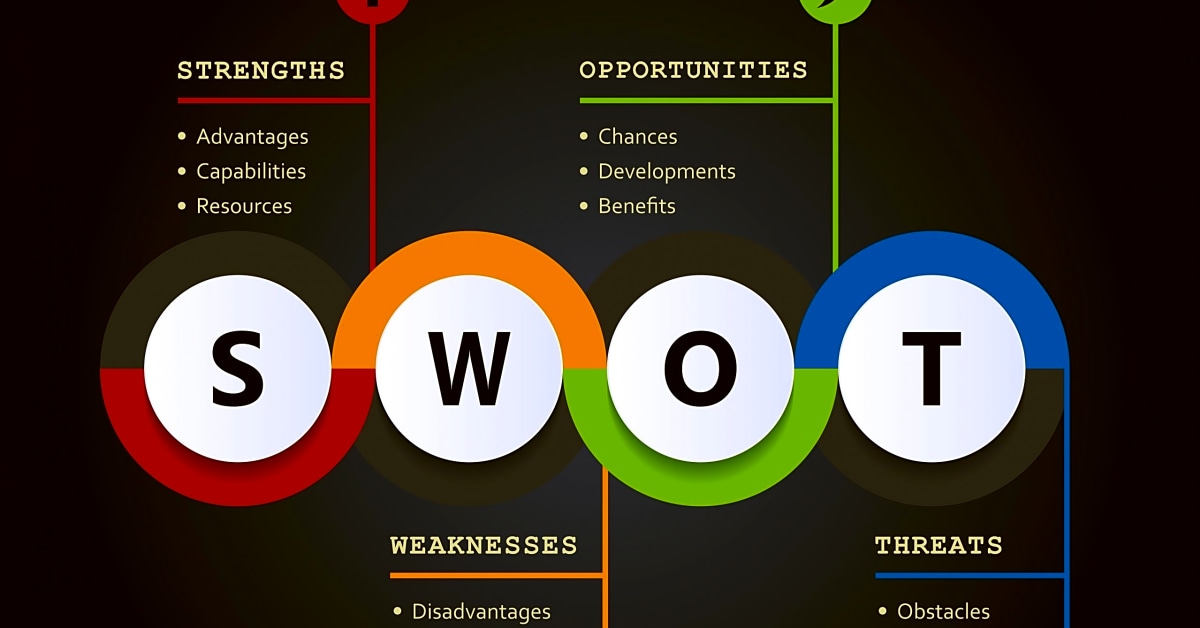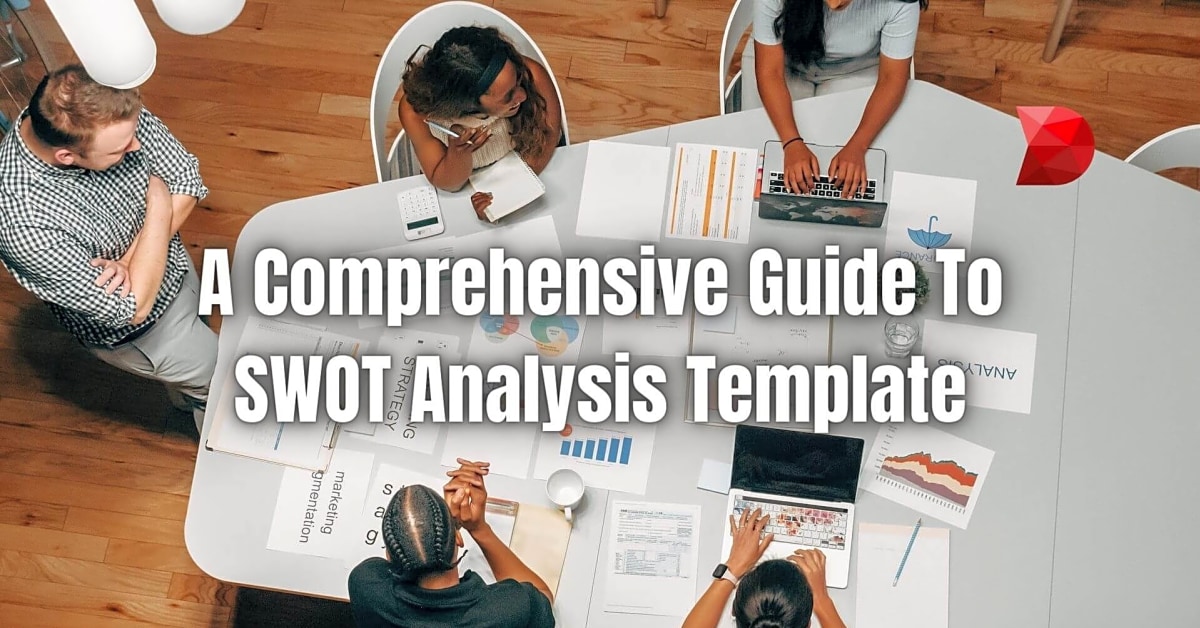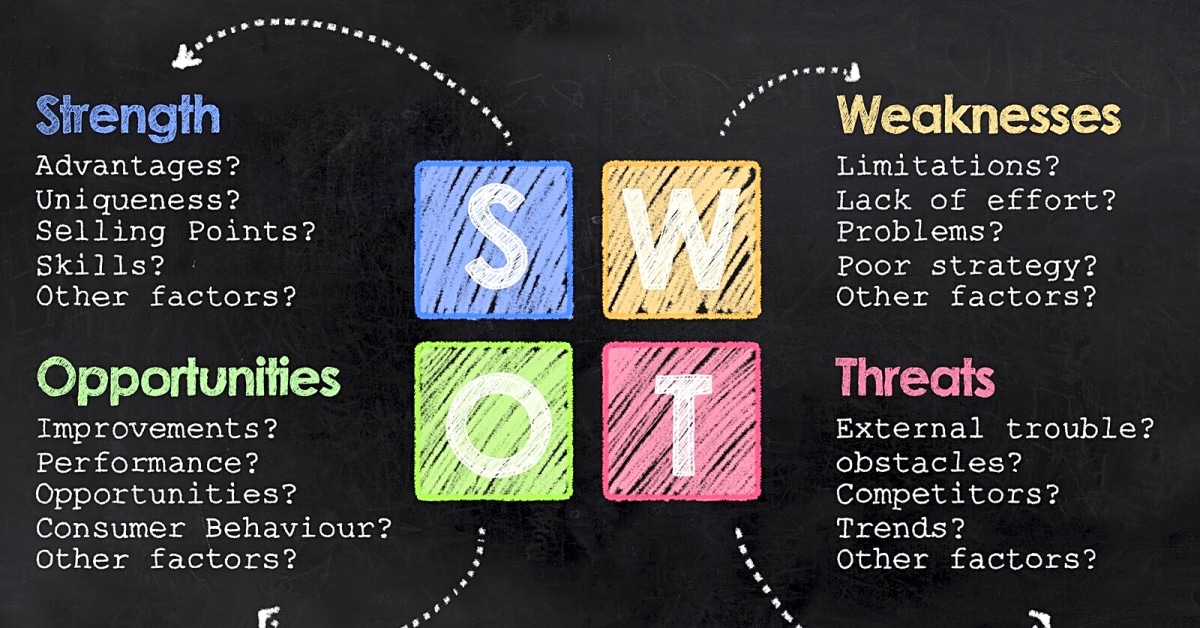Welcome to our article on SWOT analysis and the threats component. As part of our series on understanding SWOT analysis, we will be delving into the important aspect of threats and how it fits into the overall framework. Whether you are a business owner, a student, or simply interested in learning more about this strategic planning tool, this article is for you. We will explore the concept of threats, how they are identified, and their significance within the SWOT analysis process. So sit back, grab a cup of coffee, and get ready to dive into the world of SWOT analysis and threats.
To begin, let’s define what a threat is in the context of SWOT analysis. A threat is any external factor that could negatively impact the success of a business or individual. This could include market trends, competition, economic factors, and even natural disasters. When conducting a SWOT analysis, it is crucial to identify and analyze potential threats in order to develop strategies to mitigate or overcome them.
The first step in analyzing threats is to identify them. This can be done through market research, competitive analysis, and staying up-to-date on current events and trends. Once potential threats have been identified, it is important to assess their likelihood and potential impact on the business or individual.
One common type of threat is competition. Competitors can pose a threat by offering similar products or services, or by having a stronger presence in the market. It is important to carefully analyze competitors and their strategies in order to develop effective countermeasures.
Economic factors, such as changes in consumer spending or inflation, can also pose a threat to businesses and individuals. It is important to stay informed about economic trends and potential impacts on the industry in order to anticipate and prepare for potential threats.
Natural disasters are another external factor that can greatly impact a business or individual. This can include severe weather events, pandemics, or other unforeseen circumstances. While these threats may be difficult to predict, it is important to have contingency plans in place in case they do occur.
Once potential threats have been identified and assessed, the next step is to develop strategies to address them. This could include adapting current strategies, creating new ones, or implementing risk management measures.
It is also important to regularly review and update threat analysis as new information becomes available. Threats are constantly evolving, and businesses and individuals must be prepared to adapt and respond accordingly.
In conclusion, the Threats component of SWOT analysis is an essential part of the process, as it helps businesses and individuals anticipate and prepare for potential external challenges. By carefully identifying, assessing, and developing strategies to address threats, businesses and individuals can increase their chances of success and stay ahead of potential obstacles.
Tools and Frameworks for SWOT Analysis
In addition to templates, there are also various tools and frameworks available to assist with SWOT analysis. These may include software programs or online platforms that guide users through the analysis process and provide customizable templates and visualizations.
Some popular tools for SWOT analysis include Canva, Creately, and Lucidchart.
Examples of Threats
To better understand what threats may look like in a SWOT analysis, let’s explore some examples.
For a business in the technology industry, a potential threat could be the emergence of a new competitor with advanced technology. This could potentially result in losing market share and customers to the new competitor.
For an individual looking to advance in their career, a potential threat could be the lack of relevant skills or qualifications compared to other job candidates. This could hinder their chances of getting a desired job or promotion.
Templates for Conducting a Threats Analysis
To help you conduct a thorough and organized threats analysis, there are various templates available online. These templates typically include sections to identify potential threats, assess their impact and likelihood, and develop strategies to address them. Some templates may also include a risk assessment matrix to help prioritize threats based on their severity and likelihood.
By now, you should have a better understanding of the Threats component in SWOT analysis. It is important to remember that threats are external factors that cannot be controlled, but they can be identified and managed. Conducting a thorough threats analysis allows for proactive planning and strategizing to mitigate potential risks and ensure success.



